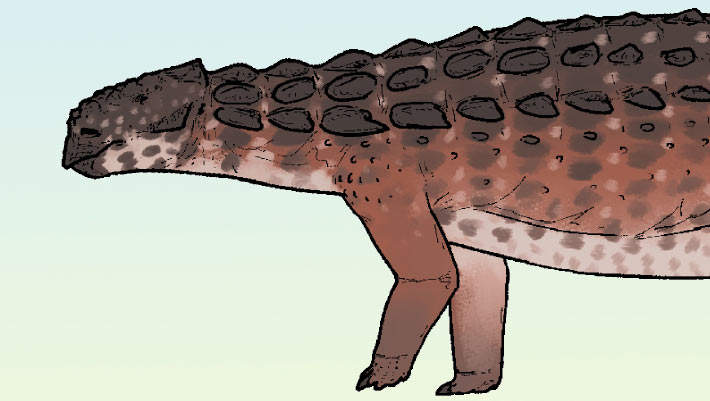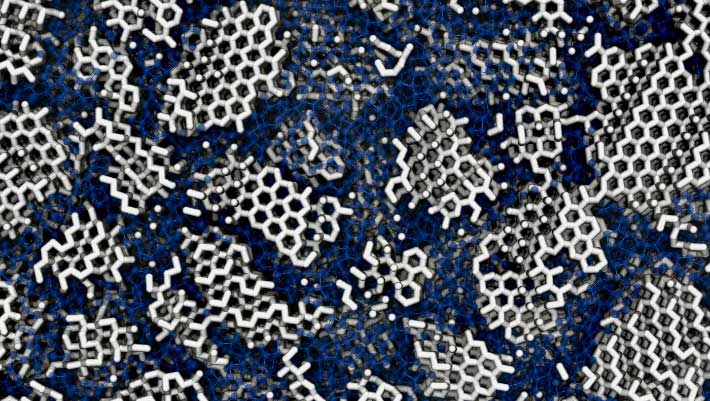Now Reading: Scientists Uncover New Armored Dinosaur Species in China
-
01
Scientists Uncover New Armored Dinosaur Species in China
Scientists Uncover New Armored Dinosaur Species in China

Quick Summary
- Paleontologists have identified a new species of the ankylosaurid dinosaur genus, Zhongyuansaurus, named Zhongyuansaurus junchangi.
- Fossil remains were discovered in the Haoling Formation at Zhongwa village, henan province, China.
- The specimen consists of various skeletal parts, including vertebrae, humerus, mandible bones, ribs, and 41 osteoderms arranged in unique patterns.
- Key characteristics include:
– Five shingle-like caudal armor plates with swallowtail shapes.
– Slender mandibular bones distinct from other Ankylosaurinae species.- Osteoderms attached to distal caudal vertebrae.
– Differences in bone ratios compared to Zhongyuansaurus luoyangensis.
- The finding enhances understanding of ankylosaur evolution during the Early Cretaceous and contributes to the diversity of Ruyang Basin’s dinosaur fauna.
!140502-Zhongyuansaurus-junchangi.jpg.jpg”>Right mandible fossil specimen
Image credit: Zhang et al., doi: 10.19800/j.cnki.aps.2023037.
Source: published research by Ji-ming Zhang et al., in Acta Palaeontologica Sinica.
Indian Opinion Analysis
The discovery of Zhongyuansaurus junchangi sheds light on a globally significant aspect of paleontology – unearthing evolutionary traits among Cretaceous dinosaurs specific to China’s Henan region within Asia’s prehistoric biodiversity hub. This breakthrough highlights how detailed studies on unique anatomical features can refine our understanding about extinct ecosystems and animal behavior patterns.
For India specifically as part of broader Asian regional science collaboration efforts, such findings underscore potential opportunities for interdisciplinary partnerships involving paleontology and geosciences within South Asia’s own fossil-rich terrains like Gujarat or Meghalaya where significant discoveries have been recorded previously (such as Rajasaurus). Enhanced dialogues around comparative evolutionary studies between neighboring countries could aid both conservation awareness projects and tourism-related heritage promotion initiatives tied to historical natural sciences.























